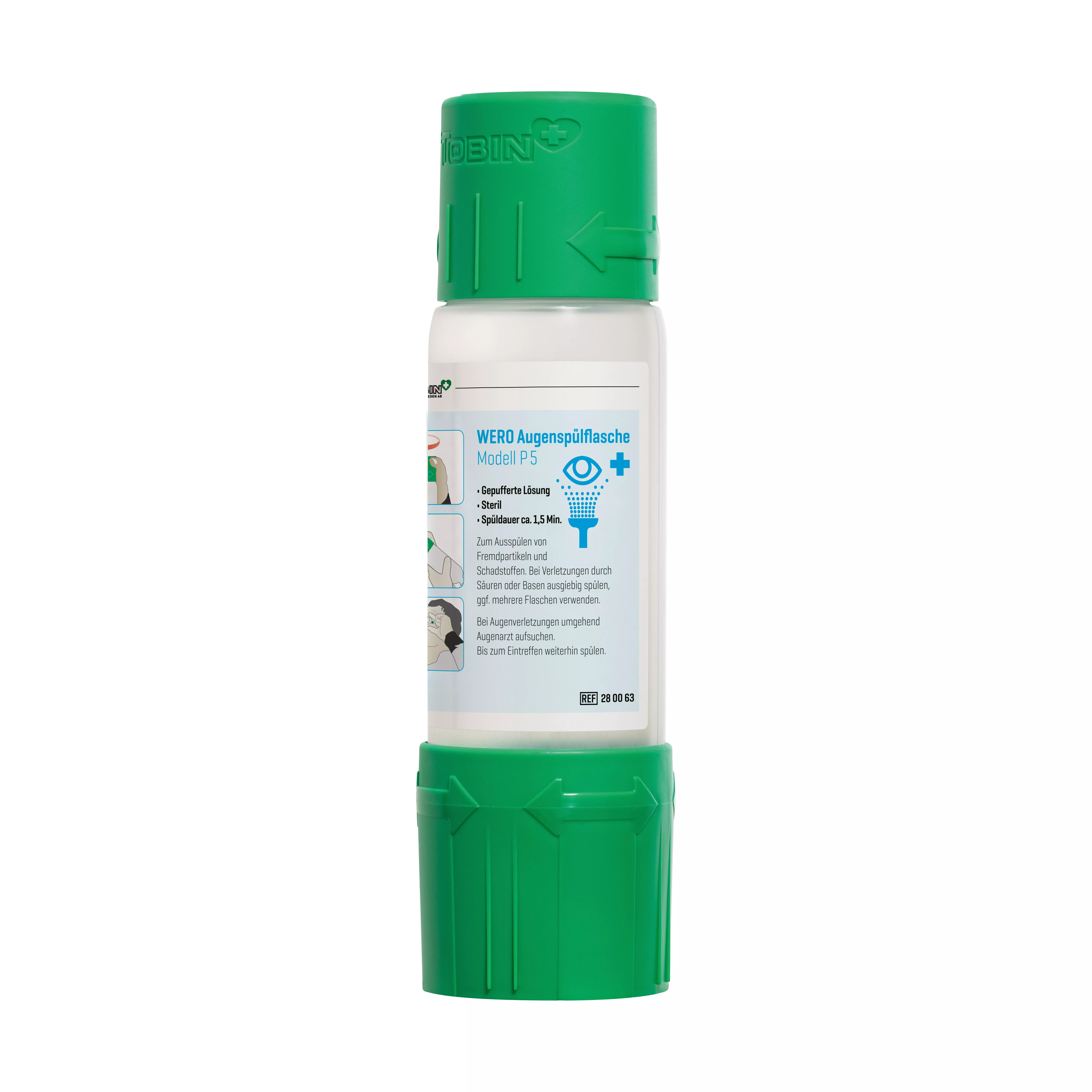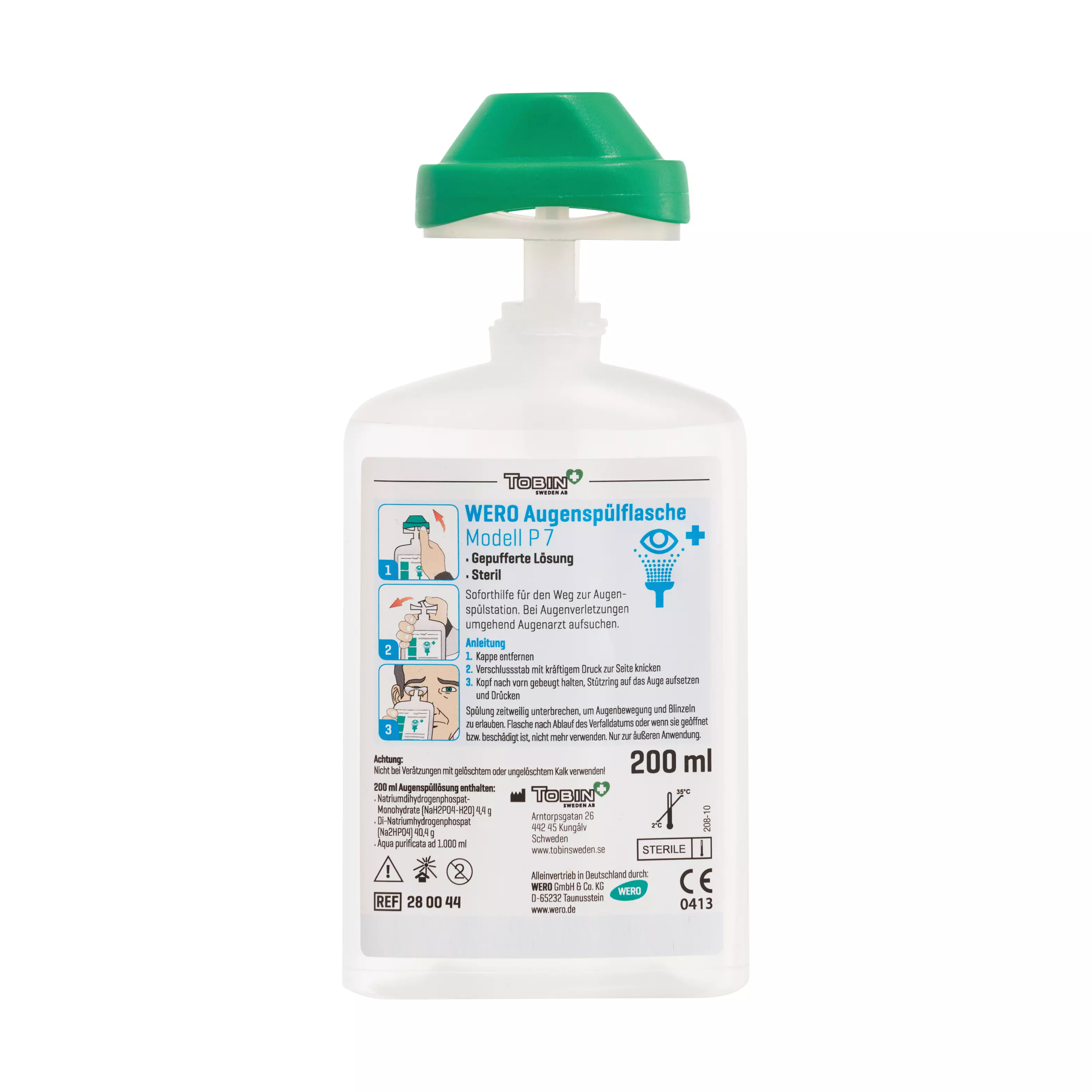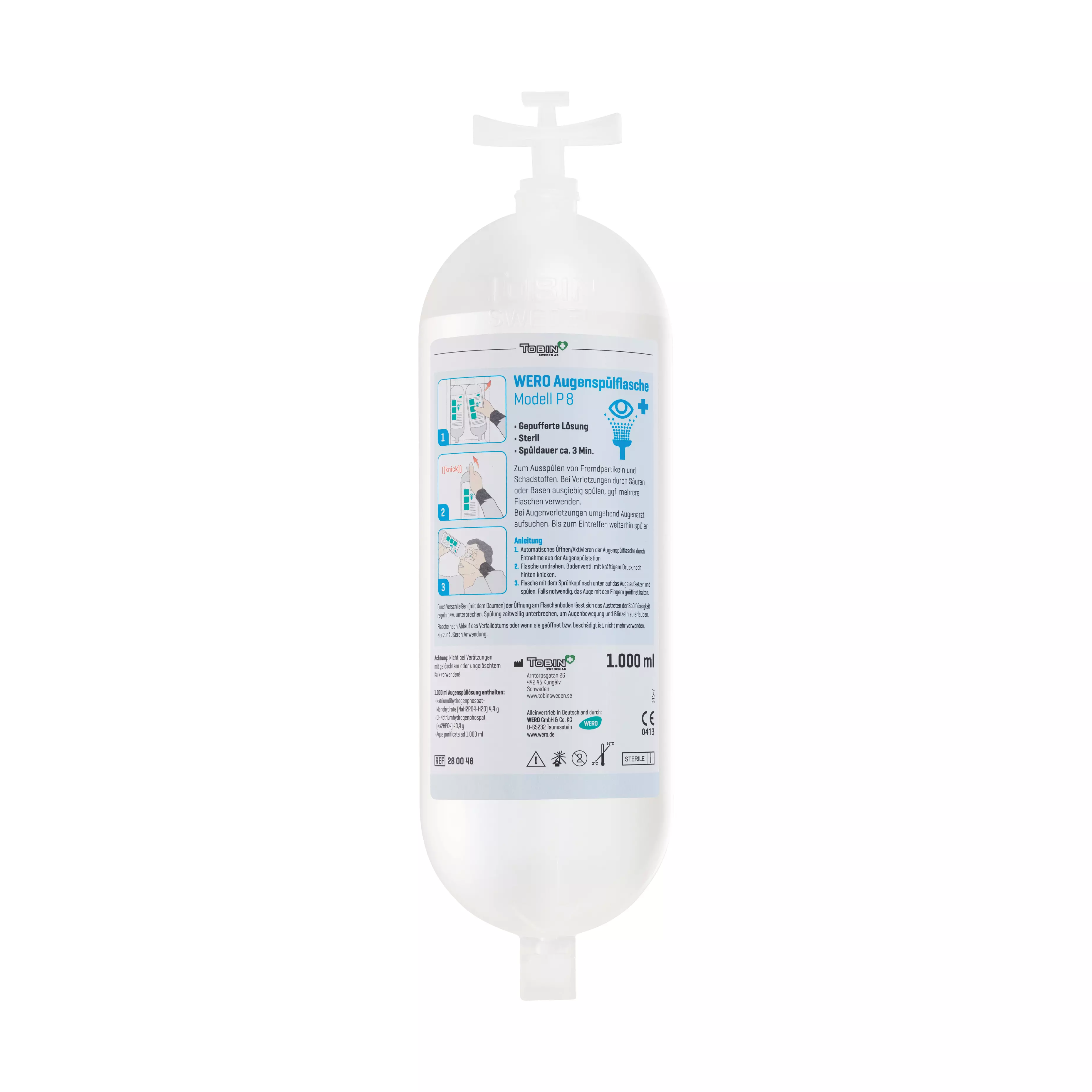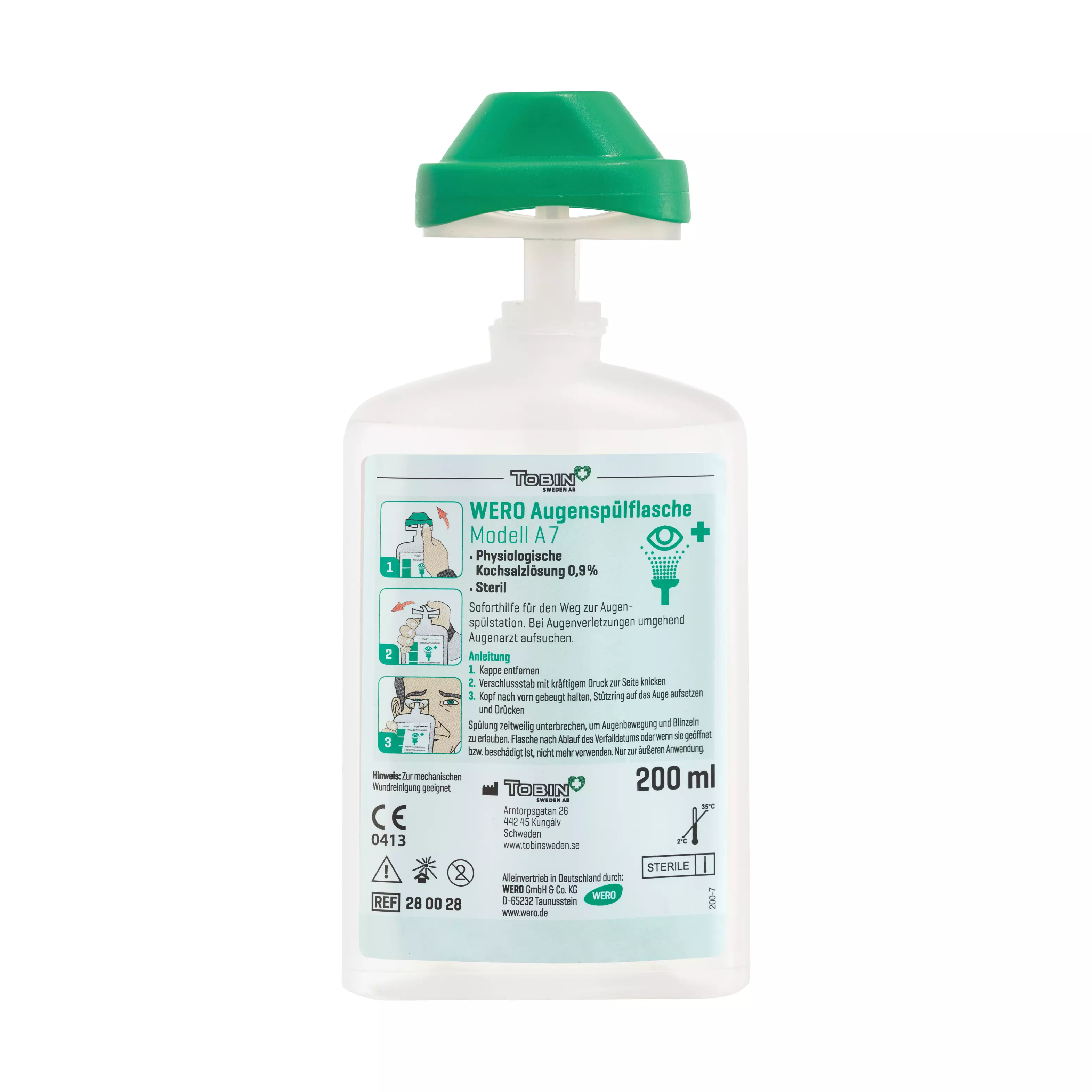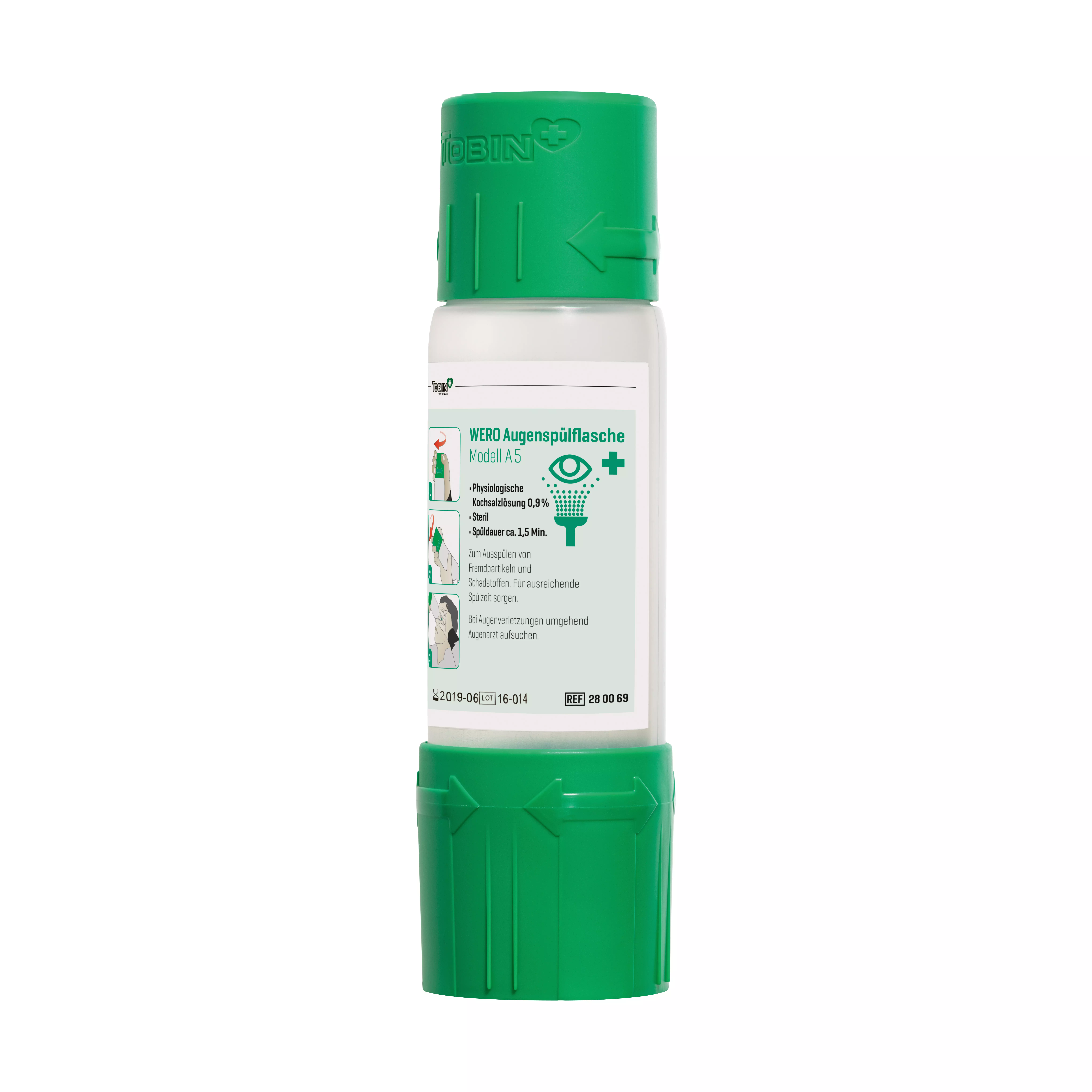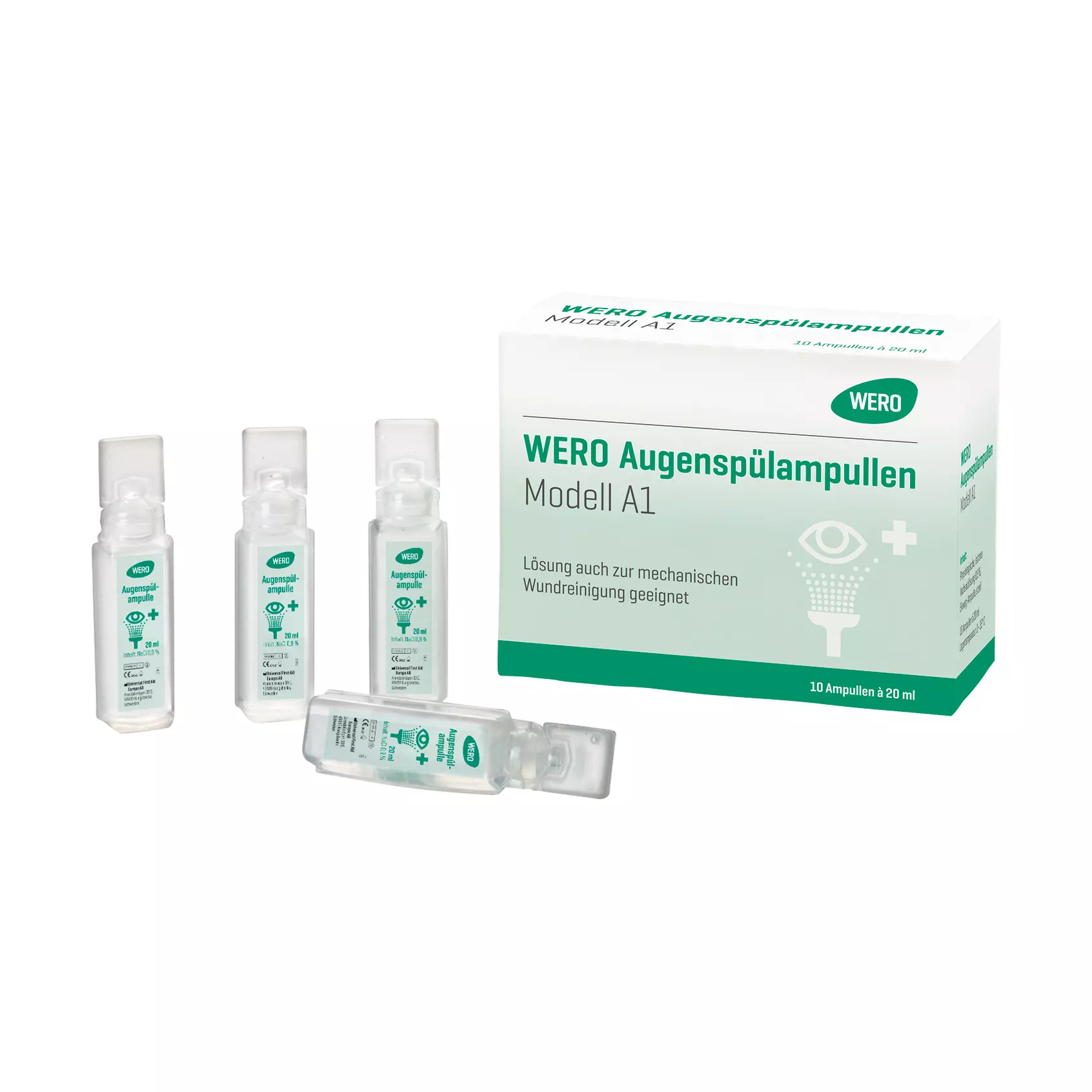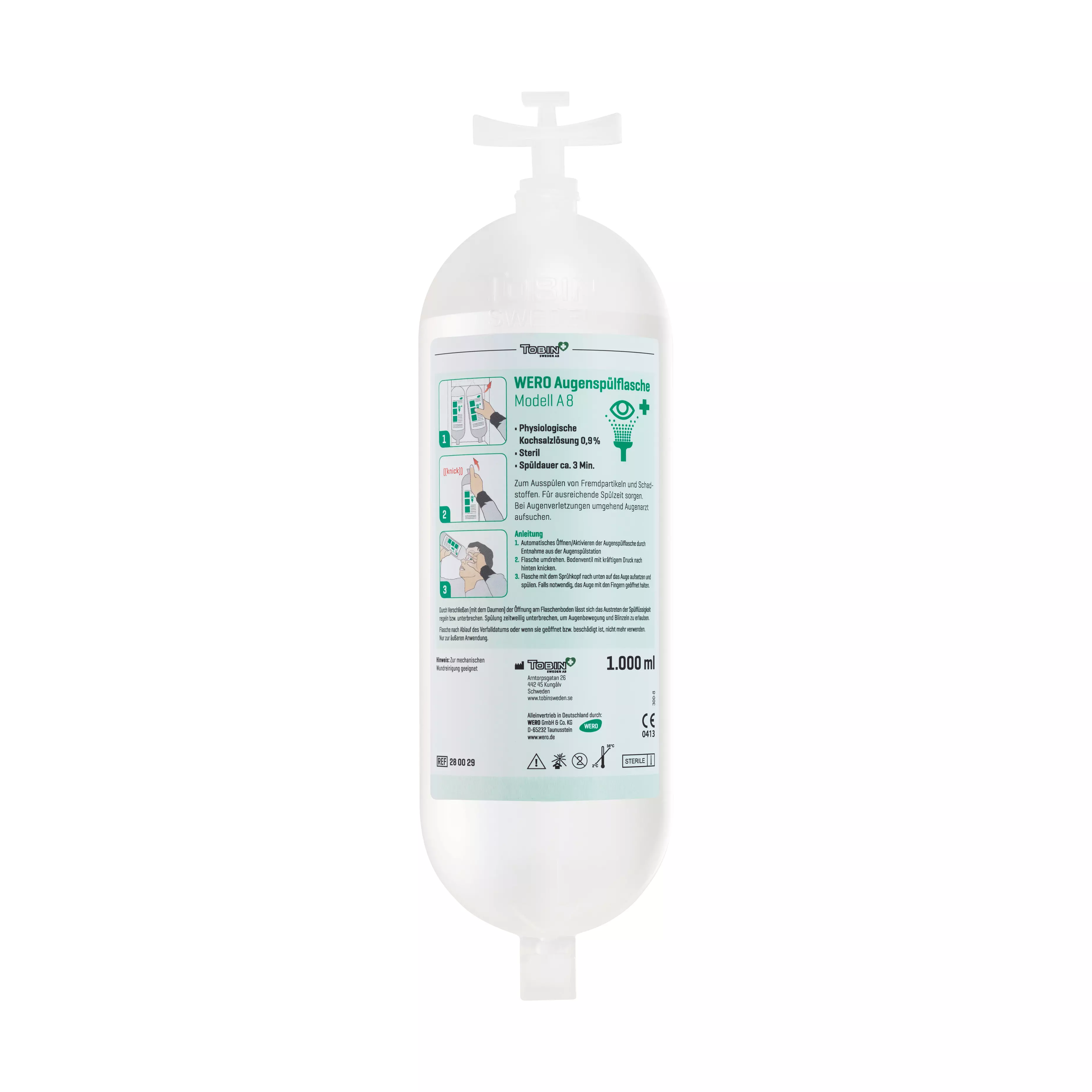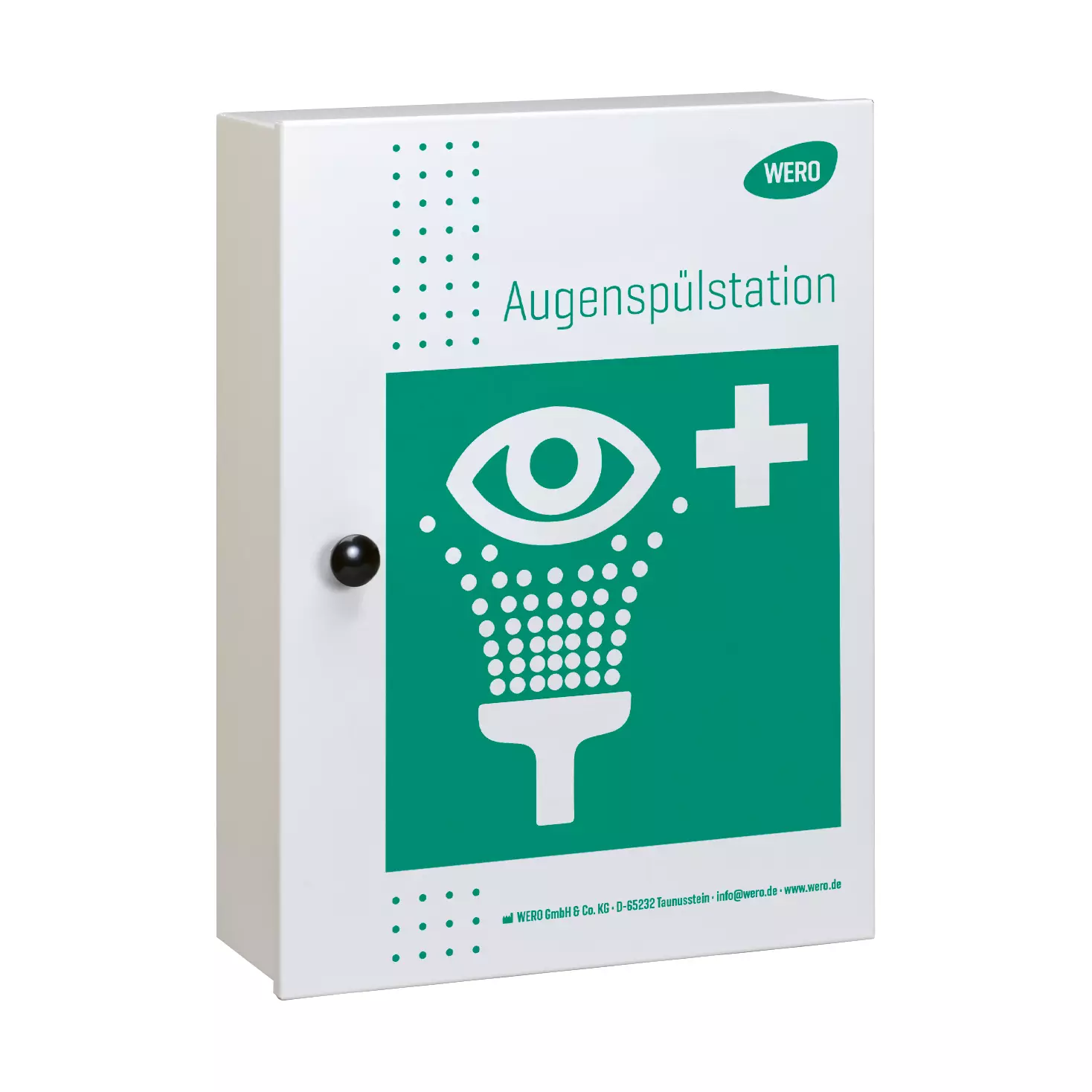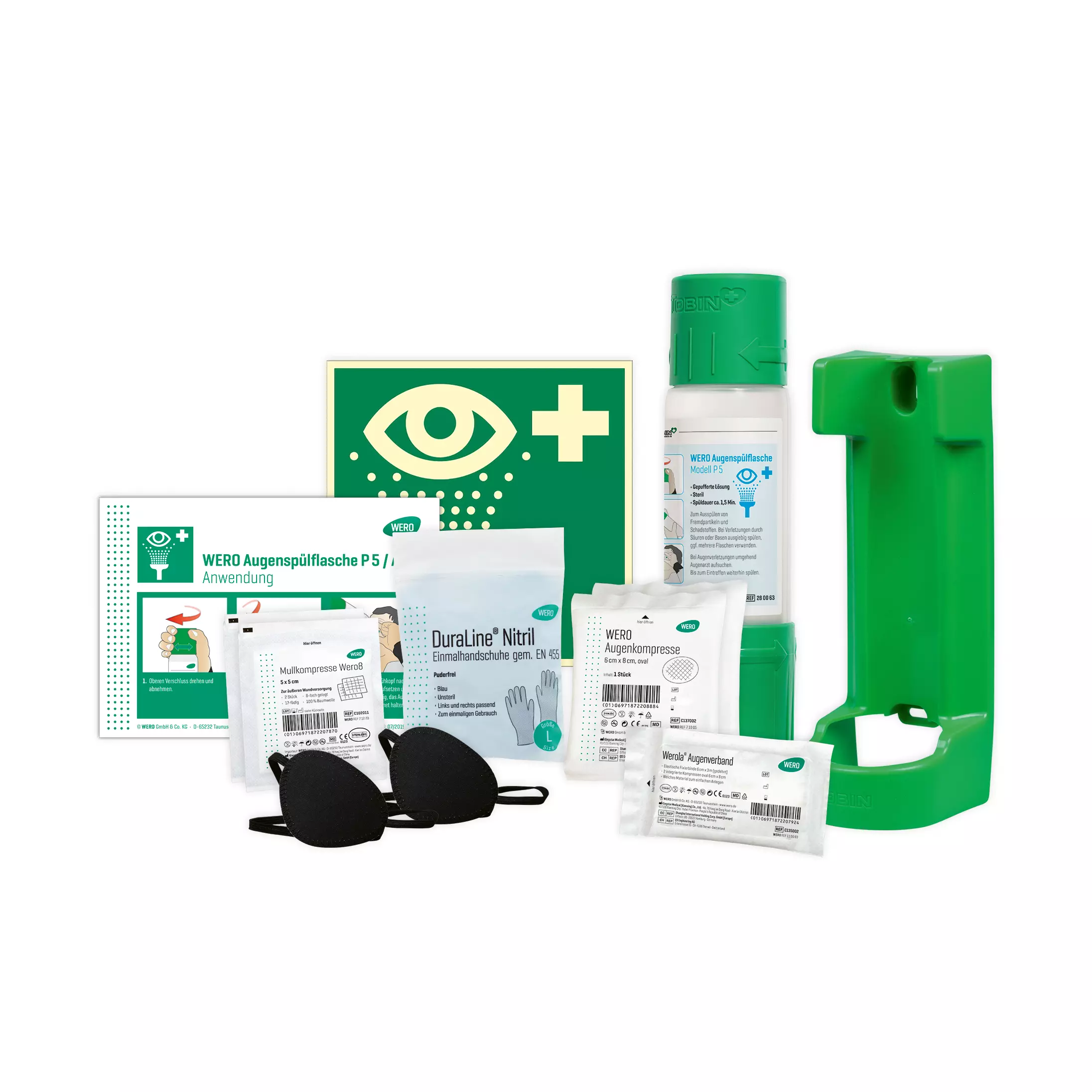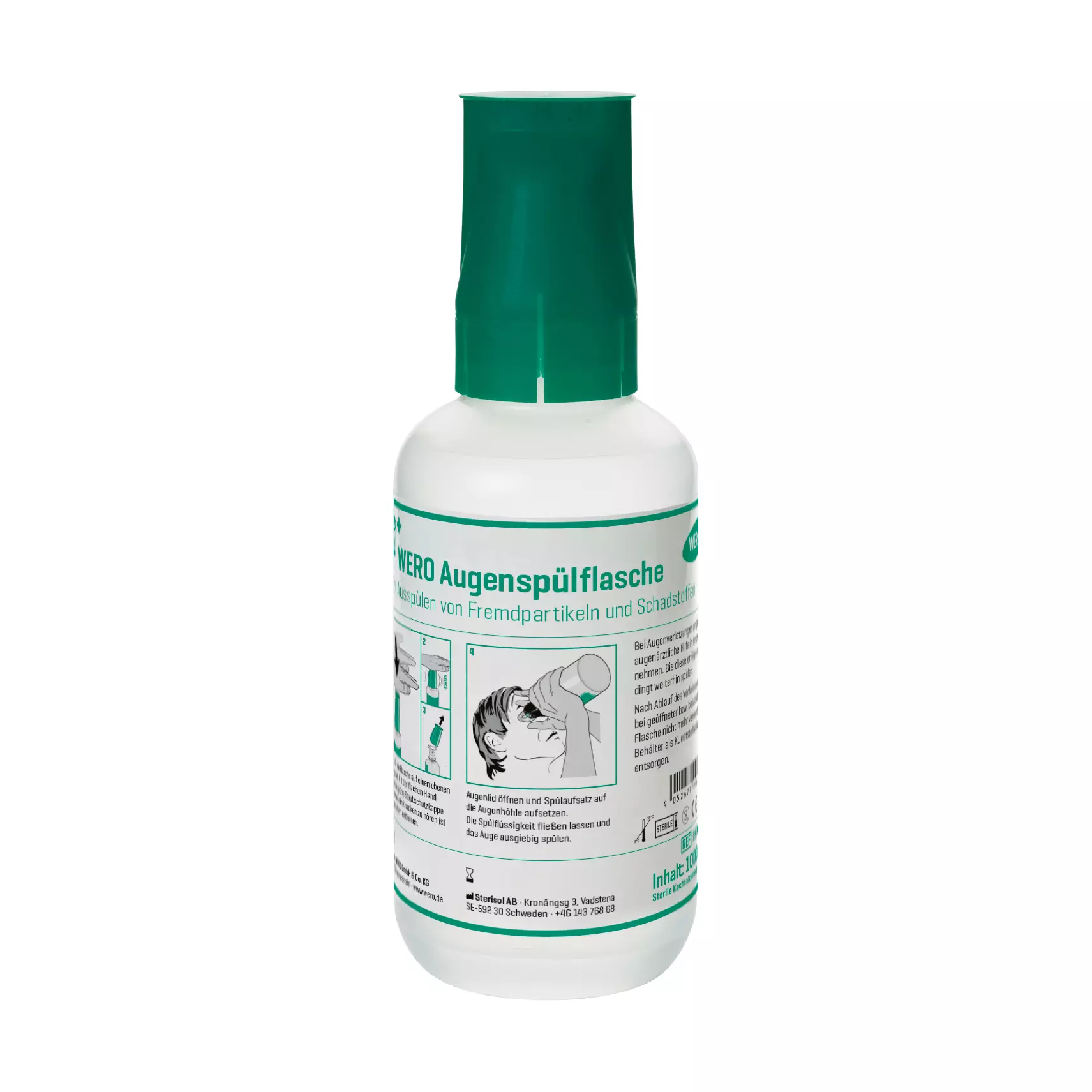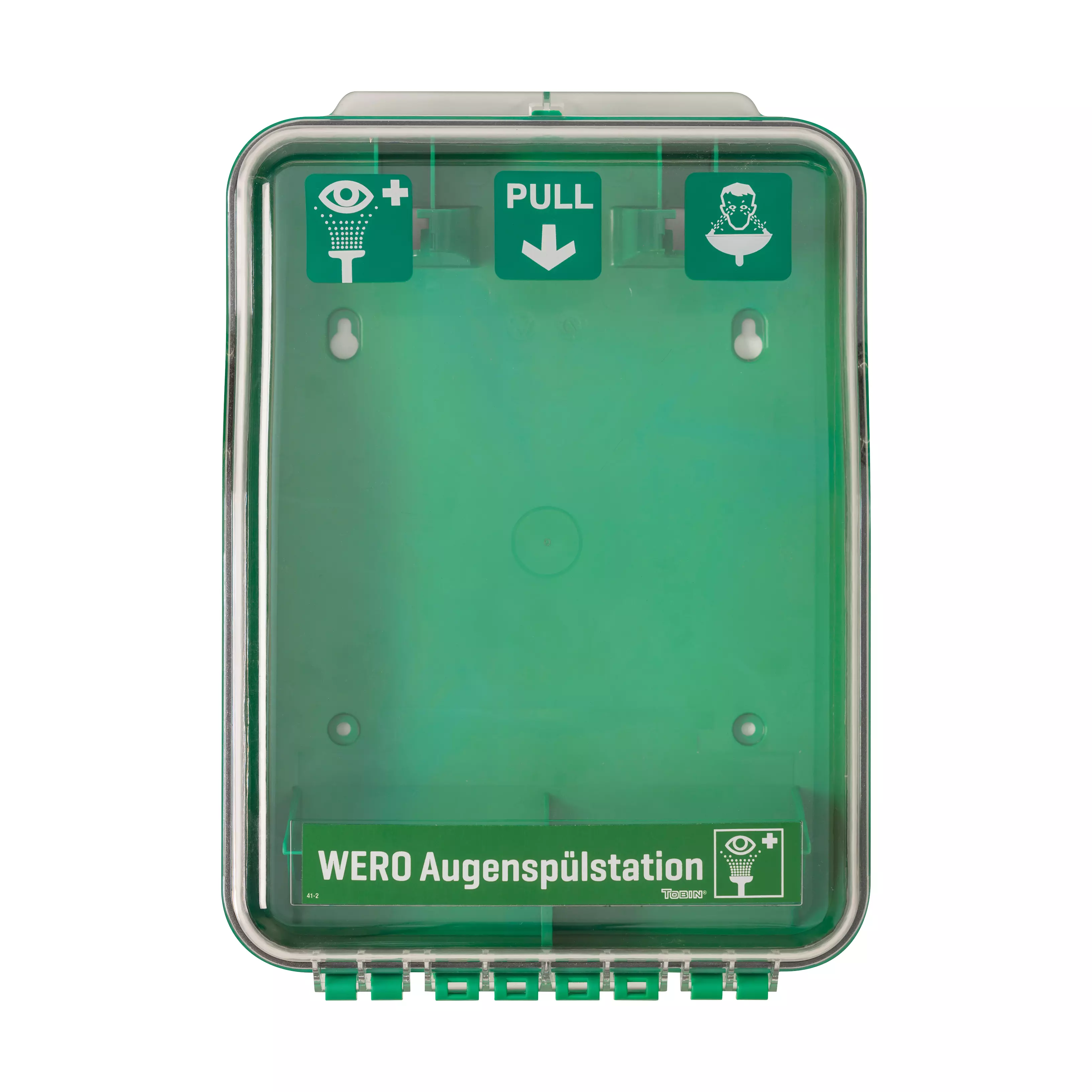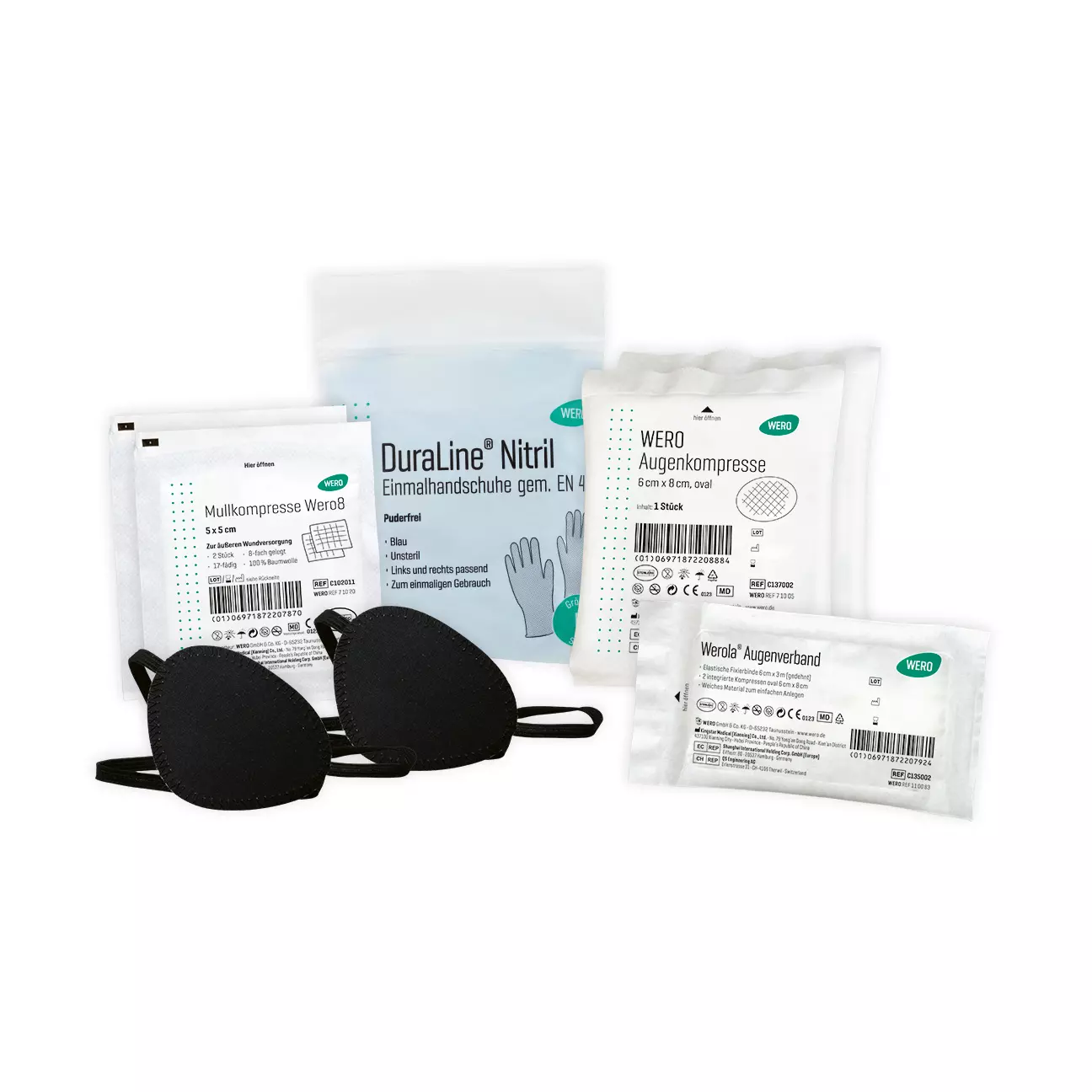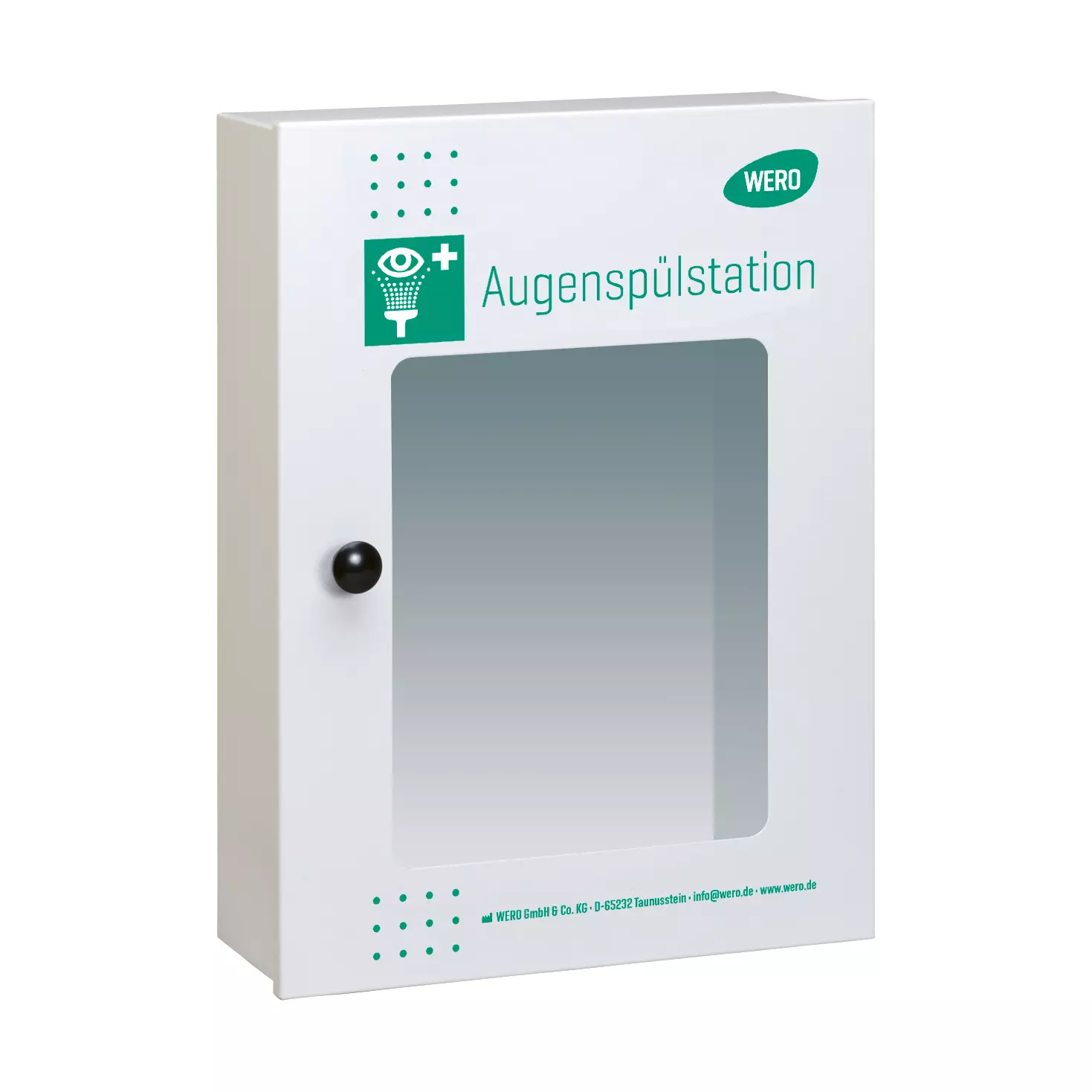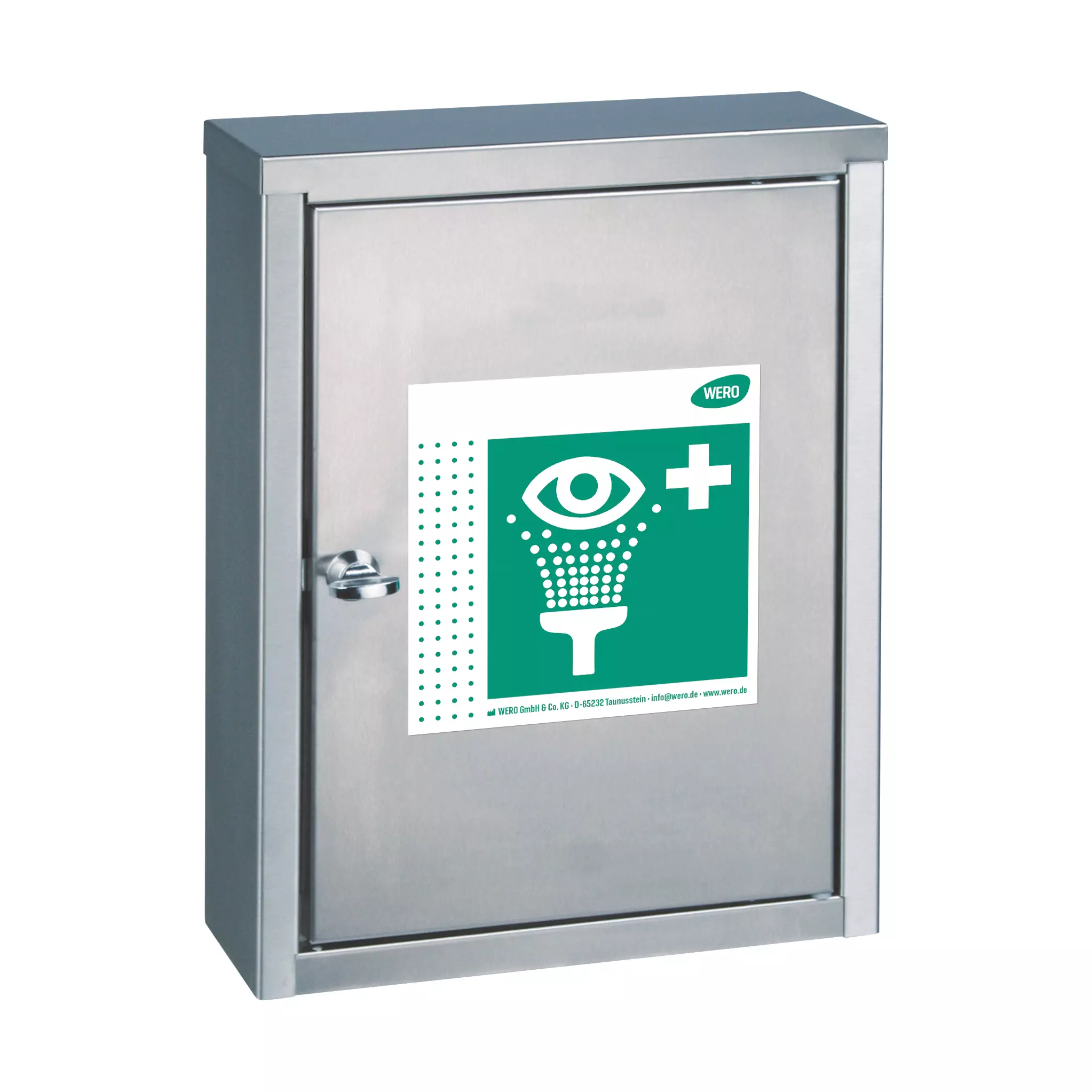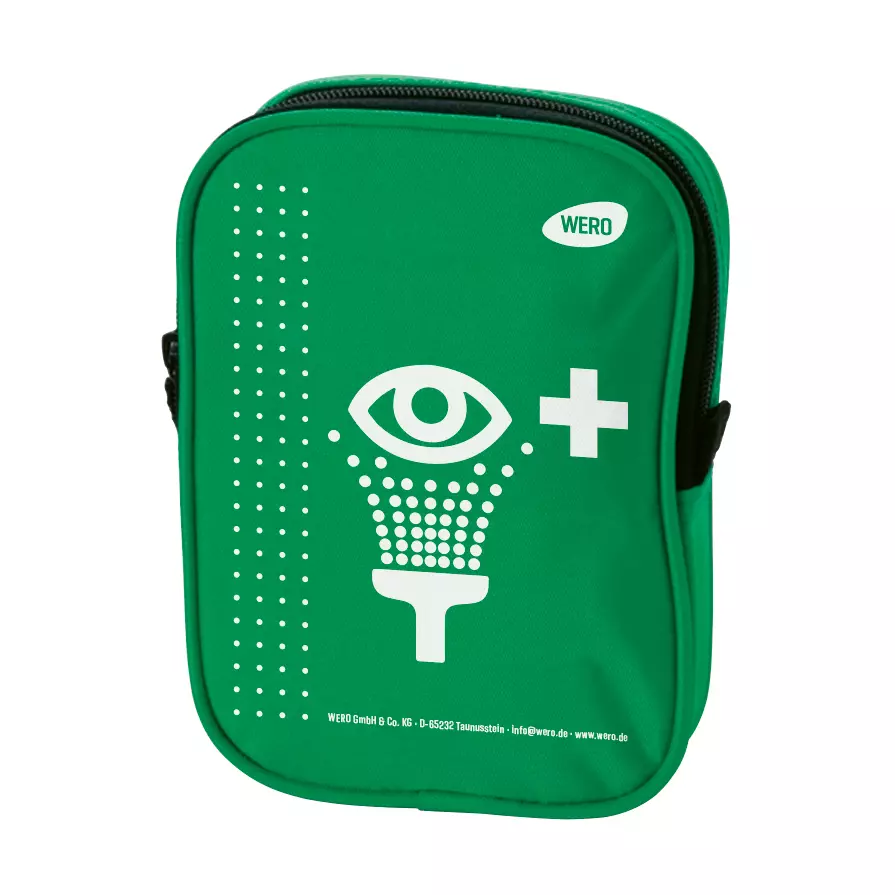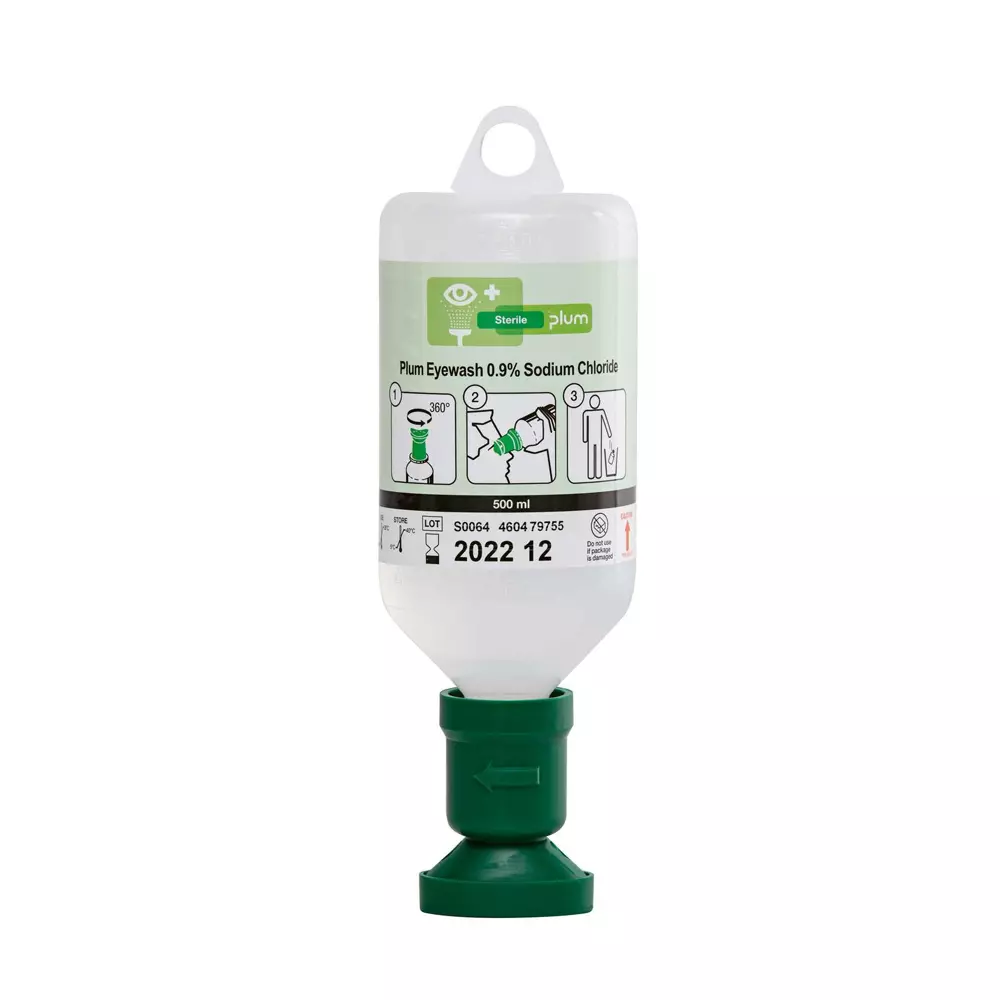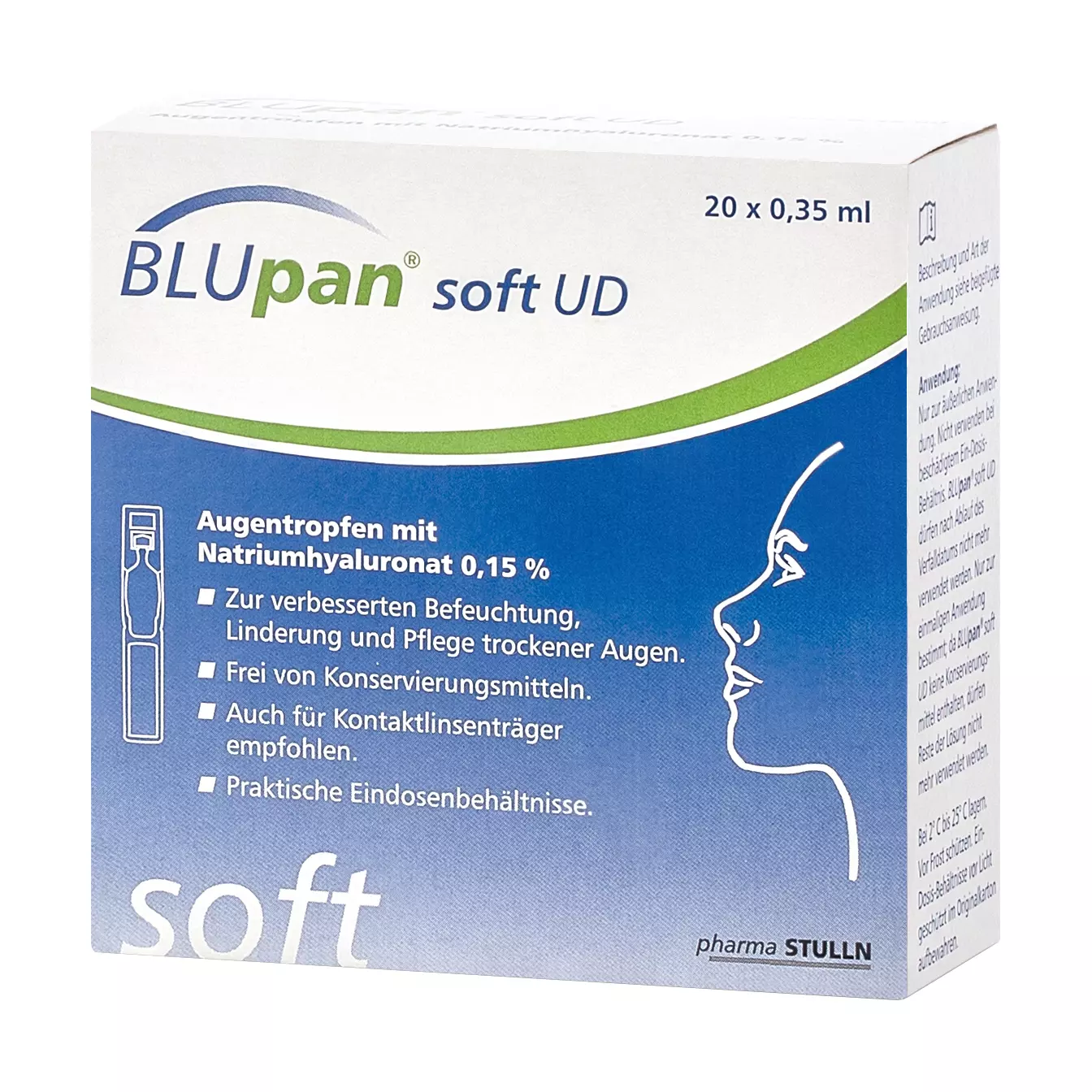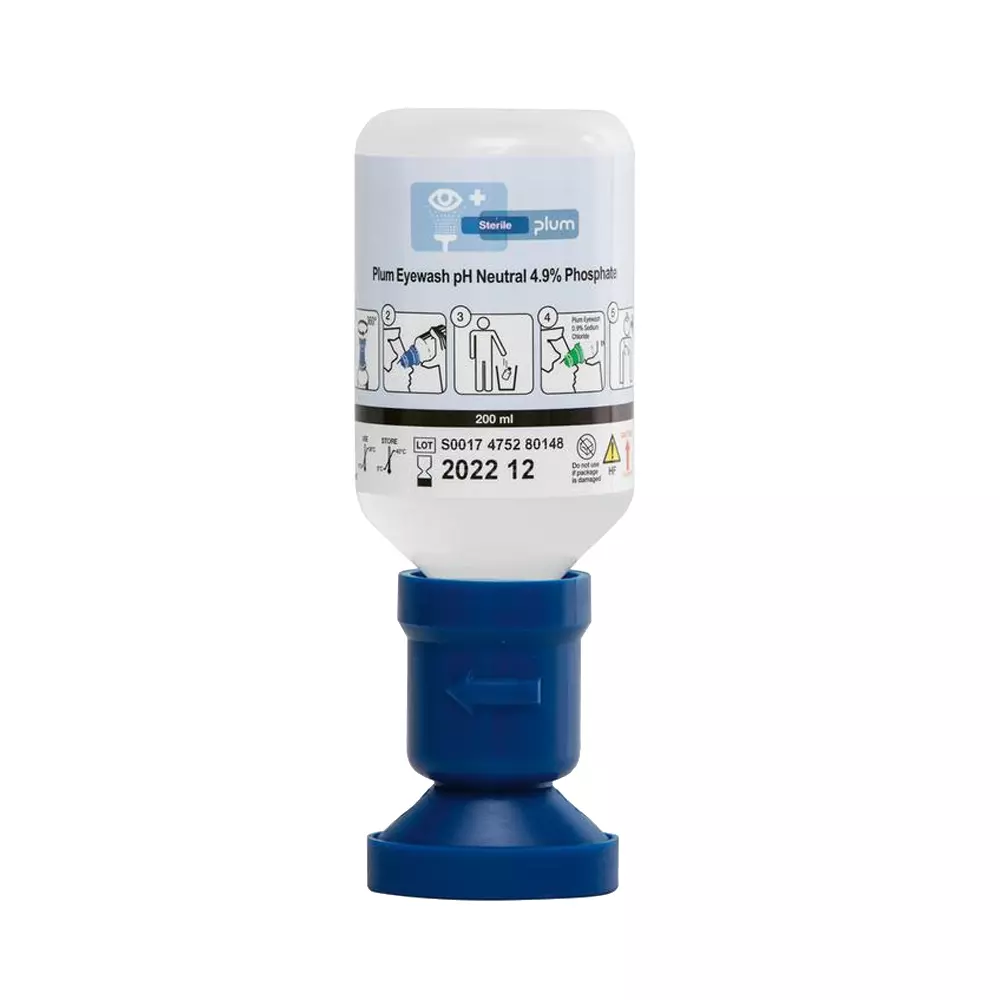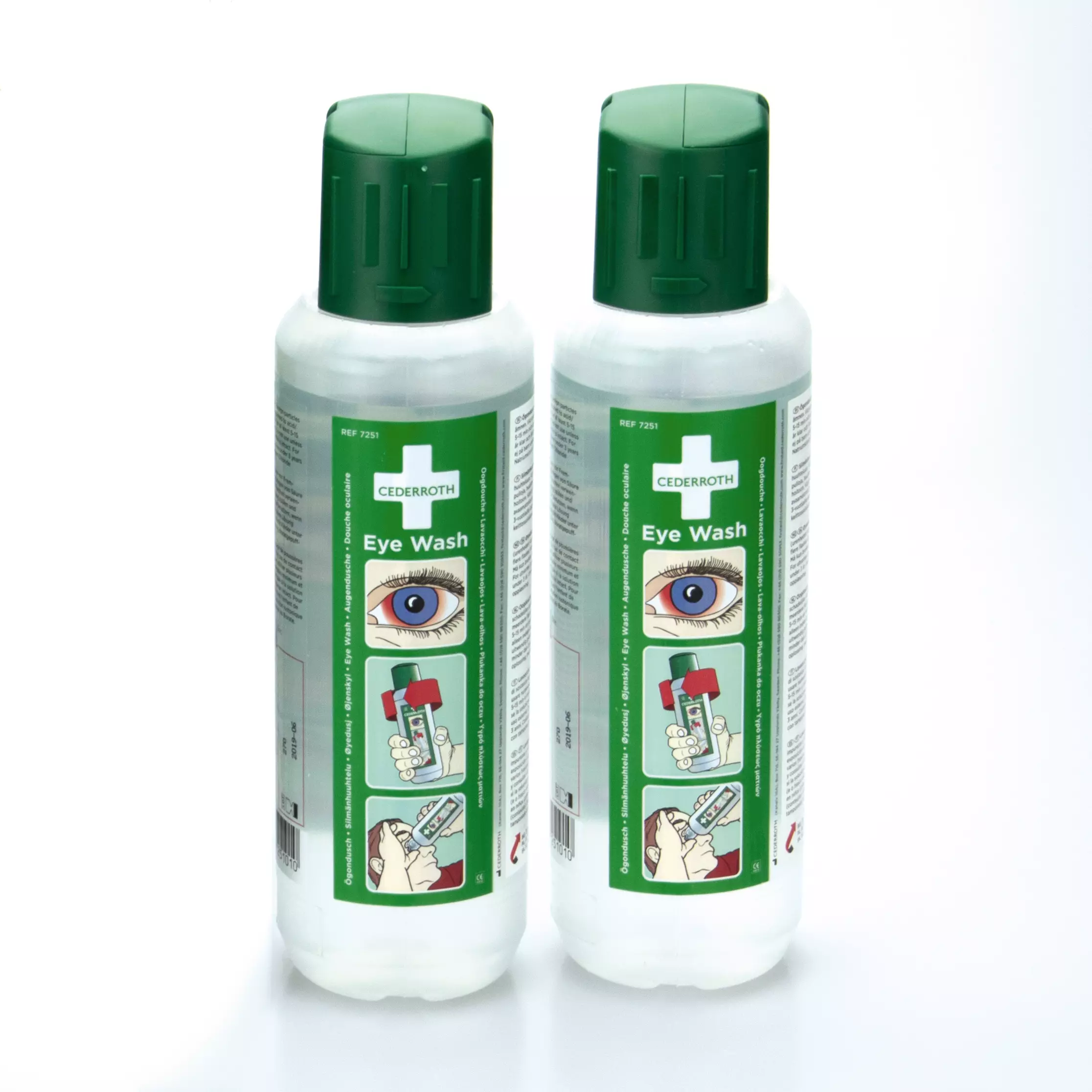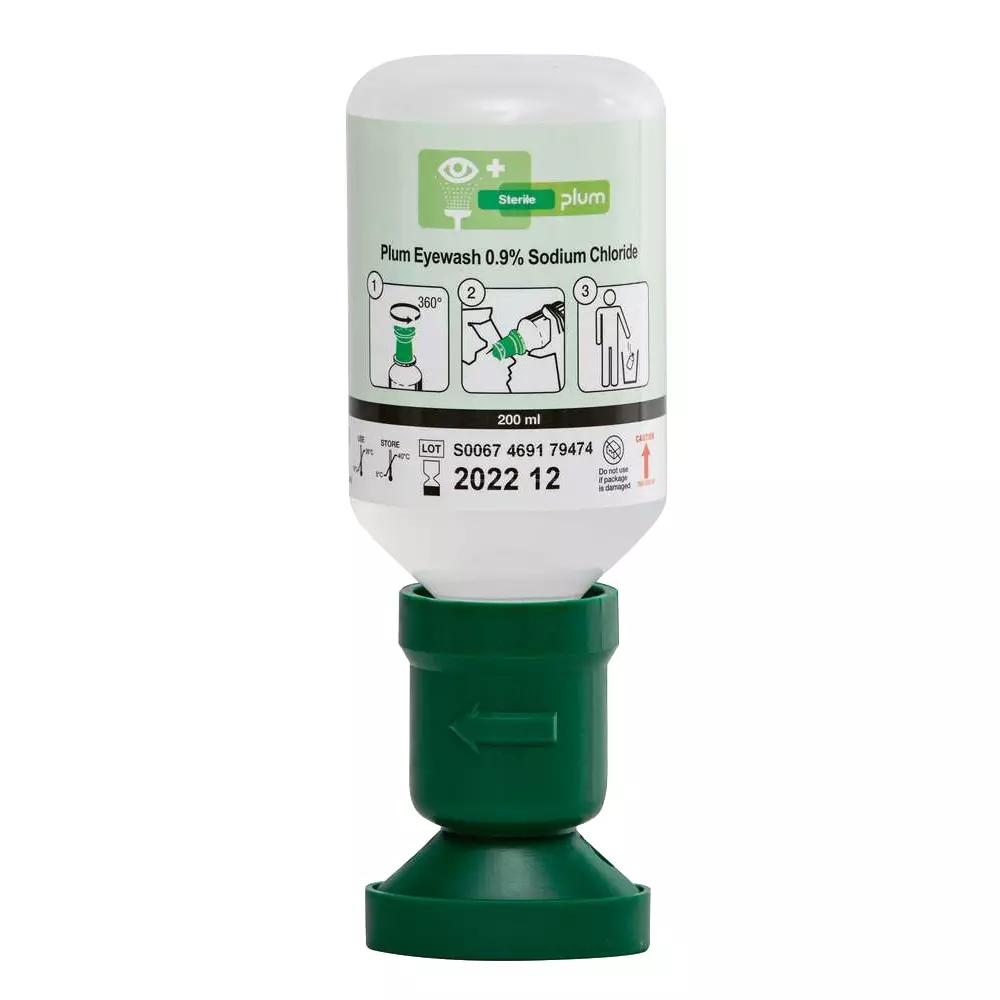Buy eyewash
Available, delivery time: 1-3 days
Available, delivery time: 1-3 days
Content: 2 l (€42.09* / 1 l)
Available, delivery time: 1-3 days
Content: 0.2 l (€105.20* / 1 l)
Available, delivery time: 1-3 days
Content: 0.5 l (€49.74* / 1 l)
Available, delivery time: 1-3 days
Content: 0.2 l (€143.20* / 1 l)
Available, delivery time: 1-3 days
Content: 2 l (€35.11* / 1 l)
Available, delivery time: 1-3 days
Available, delivery time: 1-3 days
Available, delivery time: 1-3 days
Available, delivery time: 1-3 days
Available in 3 days, delivery time 1-3 days
Available, delivery time: 1-3 days
Available, delivery time: 1-3 days
Available, delivery time: 1-3 days
Available, delivery time: 1-3 days
Available, delivery time: 1-3 days
Content: 0.5 l (€55.26* / 1 l)
Available, delivery time: 1-3 days
Content: 0.007 l (€1,524.29* / 1 l)
Available, delivery time: 1-3 days
Content: 0.2 l (€141.30* / 1 l)
Available, delivery time: 1-3 days
Available, delivery time: 1-3 days
Content: 0.2 l (€110.20* / 1 l)
Available, delivery time: 1-3 days
Eyewashes in the company - why are they so important?
Whether it's a chemical, a speck of dust or a splinter - a foreign body can always get into the eye at work. Depending on the foreign body, there are only a few seconds to react. If a foreign body gets into the eye, the eye can be severely damaged. Optimum equipment in the area of occupational first aid can save the affected person from losing their sight in the worst case scenario.
Buffered eye wash or with saline solution?
At WERO, we essentially differentiate between 2 eye rinsing solutions for eye rinsing:
- Eye rinsing solutions with a saline solution (0.9 % sodium chloride solution (NaCl))
- Eye rinsing solutions with a buffered solution (WERO recommendation: physiological sodium hydrogen phosphate solution)
| Eye rinsing | Use in | Workplaces | Possible injuries |
|---|---|---|---|
| Sodium chloride solution 0.9% (saline solution) | Rinsing foreign bodies out of the eye | Workshops, industrial operations, metalworking & processing, woodworking & processing | Mechanical injuries caused by foreign bodies in the eye, e.g. dirt, wood or metal splinters |
| Buffered solution | Neutralise chemicals in the eye | Laboratories, chemical plants, industry, emergency services, police & fire brigade | Chemical burns due to chemicals |
Choosing the right eye wash
This always depends on the type of hazard in the workplace. In principle, it can be said that there is not much wrong with eye rinsing with a saline solution.
The pH value of eye rinses with a saline solution corresponds to the pH value of natural tear fluid. It is therefore ideal for rinsing the eye without having any other effect on the eye.
However, if you handle chemicals such as cleaning agents, oils, solvents, acids, alkalis or other aggressive liquids, we recommend using an eye rinse with a buffered solution. The buffered solution neutralises the chemical. If you are not sure which solution is the right one, it often helps to take a look at the safety data sheets for the substances you are using. This will tell you whether the substance must be neutralised with a buffered solution if it comes into contact with the eye.
Especially when working with substances containing lime, it is essential to consult the safety data sheet beforehand.
The right eyewash: eyewash station vs. eyewash bottle vs. eye wash
There are different types of eyewash: eyewash stations, eyewash bottles and eye showers. But which is the right one?
Which eyewash is suitable for which areas of application? The main question you need to answer here is: What is the danger zone? The required rinsing time is important here.
The rinsing time of the WERO eye wash bottle model P8 (buffered, sterile) and the WERO eye wash bottle A8 (saline solution, sterile) is approx. 2x 6 minutes (2x 1 litre). Both models are ideally suited for our WERO eye wash stations. The advantage of eyewash stations is obvious: the eyewash bottles are always protected from dust and dirt and are ready for immediate use. A stainless steel eyewash station is suitable for areas with high hygiene requirements, such as the food sector.
Smaller eyewash bottles, such as the WERO eyewash bottle P7 (200 ml buffered solution, sterile), are ideal for mobile use on the way to the nearest eyewash station as well as for lower risk areas. In low-risk areas, people do not come into contact with foreign bodies such as wood and metal shavings, pieces of plastic or chemical substances. The WERO P7 eye wash bottle is therefore mainly suitable for minor incidents such as dust in the eye.
For high-risk areas where the eye may come into contact with foreign bodies more frequently or even regularly, the use of an eye wash is recommended.
What should I do if I have a solid foreign body in my eye?
If a solid foreign body cannot be removed with an eye wash or eye wash, you should under no circumstances attempt to remove the foreign body by rubbing.
In this case, it is better to immobilise the eye. This means that you should cover both the affected eye and the undamaged eye. If you only cover the affected eye, it will continue to move with the movements of the undamaged eye. This can cause lasting damage to the eye despite covering. Eye compresses, eye patches or special bandages, for example, are suitable for covering the eyes.

